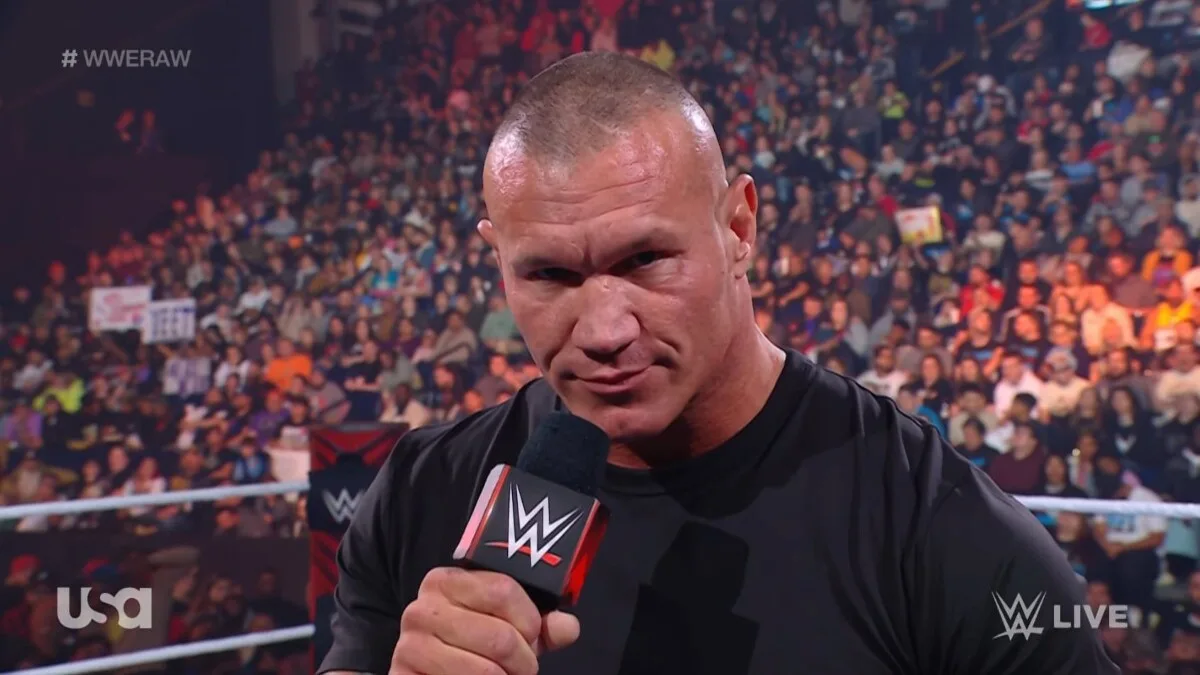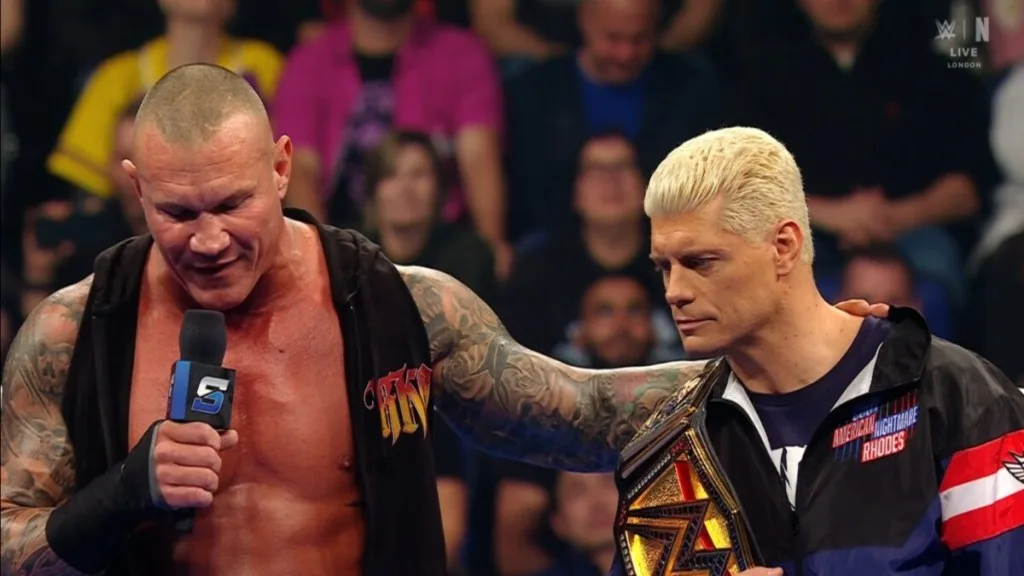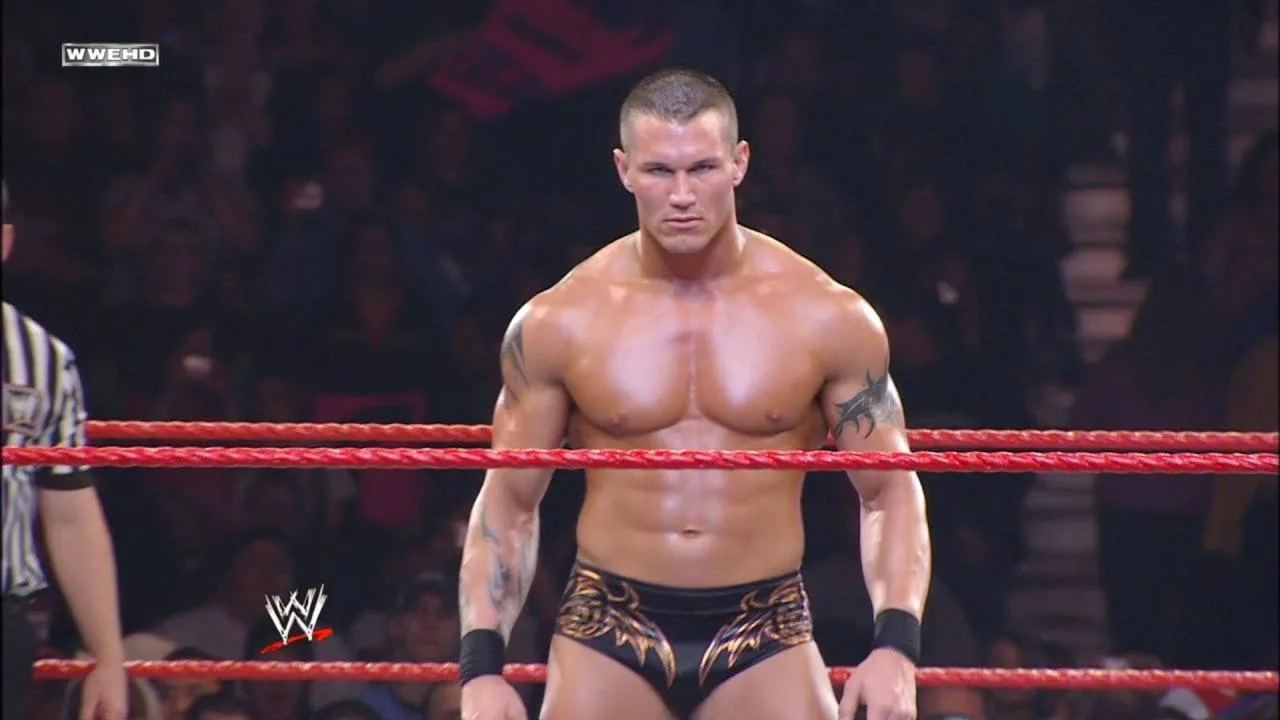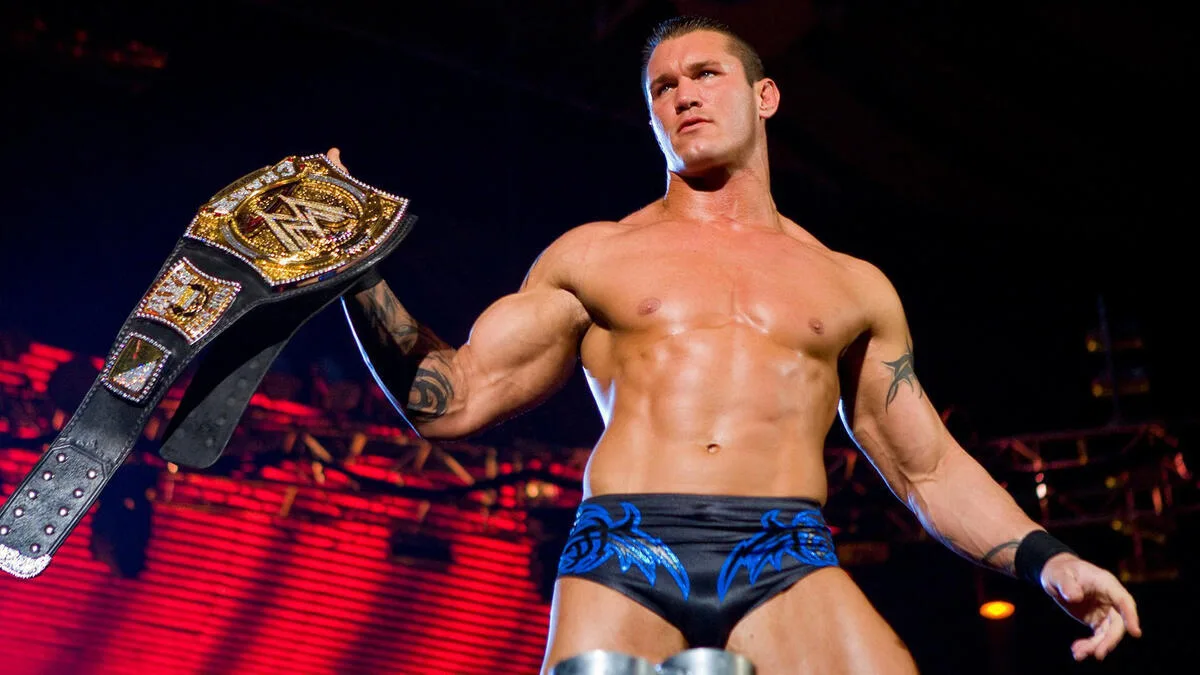“It all kinda clicked as a bad guy. I just kind of let loose and acted a little bit more crazy. Even down to the body language and stuff.” These words from Randy Orton perfectly sum up one of the most iconic chapters in his WWE career — his unforgettable 2009 heel turn.
Before 2009, Randy Orton was already a multiple-time world champion with personas like “The Legend Killer” under his belt. He was brash, dangerous, and ambitious. But his true transformation into a chilling, calculated villain happened in 2009. This wasn’t just another heel turn; Randy Orton unlocked a whole new dimension of menace.

The Context of 2009
Heading into 2009, Orton had spent years shifting through different character roles. He showed his main-event potential as part of stables like Evolution. WWE was looking for a heel who could truly dominate and draw serious heat. With top babyfaces like John Cena and Triple H leading the charge, the stage was set for someone to shake things up. That someone turned out to be Randy Orton.
“It All Kinda Clicked”: The Shift in Persona
This “click” didn’t happen all at once. It was the result of creative tweaks and Orton’s own growth as a performer. At that time, Orton was leading “Legacy,” a faction with Cody Rhodes and Ted DiBiase Jr. But what really set him apart wasn’t just being the leader — it was how he tapped into something darker. The new Randy Orton felt unhinged yet controlled, like a snake ready to strike at any moment. He stopped being just a bad guy; he became genuinely unsettling.

“Let Loose and Acted a Little Bit More Crazy”
Orton’s behavior in and out of the ring ramped up dramatically. He even punted Vince McMahon in the head. He threatened entire wrestling families, making his attacks feel deeply personal and vicious. The timing always seemed designed to hit where it hurt the most.
Orton didn’t just beat his opponents — he broke them mentally. His matches turned into psychological warfare. Fans watched with morbid fascination as Randy Orton threw RKO after RKO, all while wearing that sinister smirk and cold, blank stare. Honestly, the guy felt like a ticking time bomb.

“Even Down to the Body Language and Stuff”
Orton’s transformation wasn’t just about words or actions — it was deeply physical. His posture grew more stalk-like, and his movements became deliberate. He’d pause before striking, stretch out silences, and fix opponents with chilling stares. In promos and in-ring moments, the subtlety of his gestures screamed danger. Compared to earlier versions of himself, this Randy Orton learned to weaponize stillness.
Key Storylines and Moments
The 2009 Royal Rumble win kicked off this dominant run. It was followed by his chilling feud with Triple H that led to WrestleMania 25. From home invasions to assaults on the McMahon family, Orton went all-in on making himself detestable. Feuds with John Cena and Batista kept the momentum alive. Each rivalry showed different sides of his unraveling psyche. Some of the most memorable moments were his violent outbursts—like punting opponents in the skull—that really hammered home his unpredictable and dangerous aura.

Impact and Legacy
The 2009 heel turn wasn’t just a phase; it marked a major reinvention. It pushed Randy Orton from being a great talent to a generational performer. Fans don’t just remember this version of Orton because he won titles—they remember him because he genuinely terrified them. This era shaped much of his later career, from “The Viper” persona to the darker, sadistic layers in his storytelling. It also opened doors for future stars to add real psychological depth to their heel roles. Honestly, few have matched the fear Orton could spark with just a glare.

